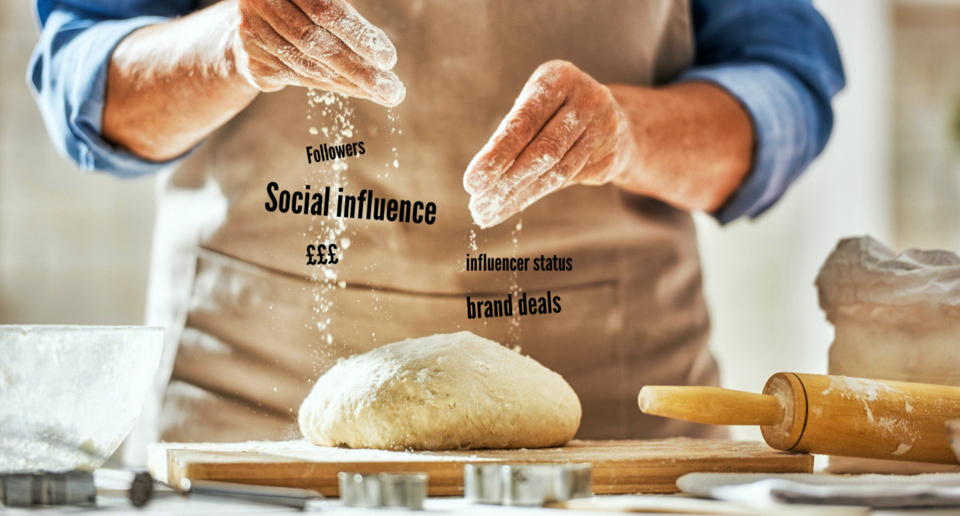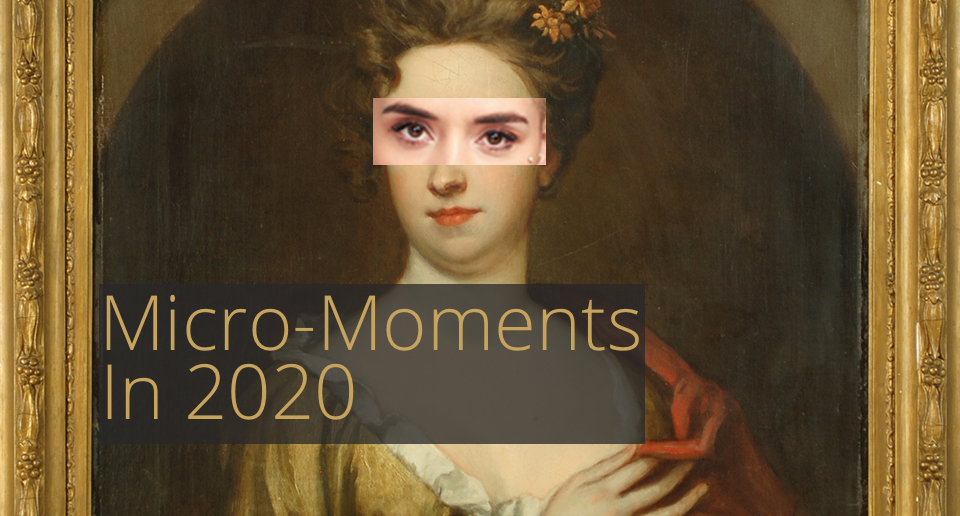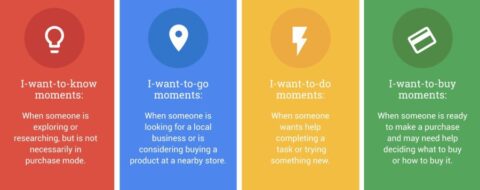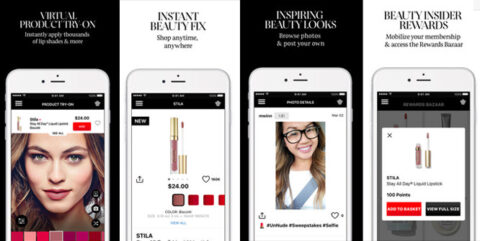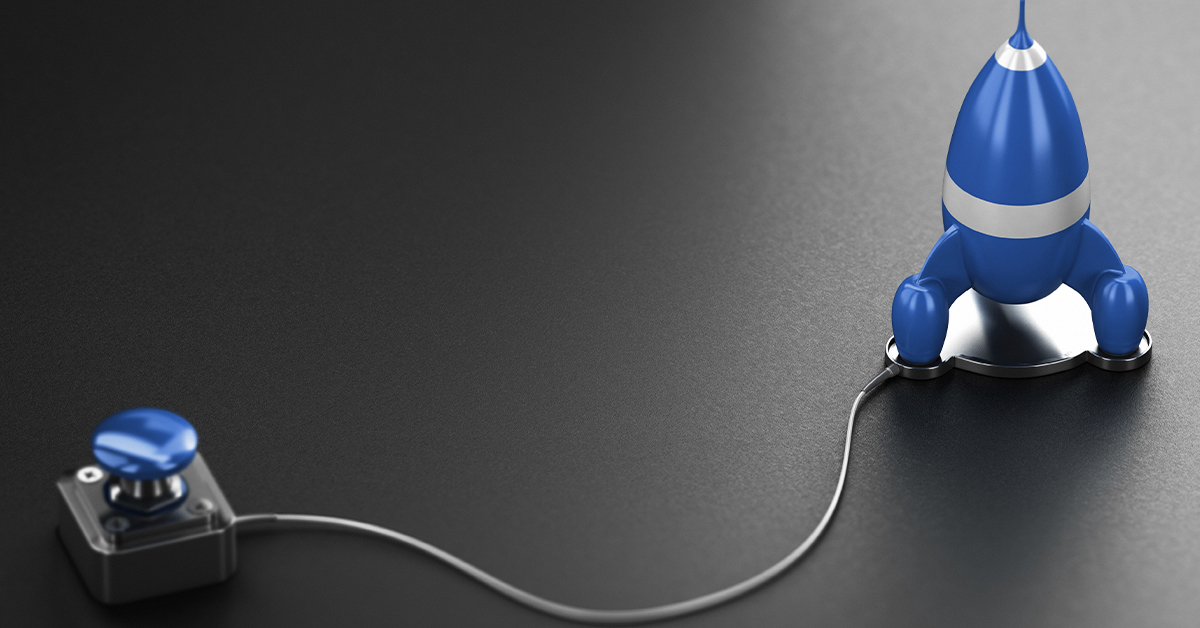There’s much more to winning the Great British Bake Off than just a cake stand, some flowers and the prestige of baking glory. Since becoming one of the nation’s favourite programmes after its launch in 2010, winning a series of the show is just the icing on the cake. As this year’s series gets off to a flying start, drawing over 10.8 million viewers in its first week, the bakers are beginning to build a personal brand that could be cooked to perfection by the series’ end.
Although GBBO may be much sweeter evening viewing than other reality TV counterparts, the show has become a career launching platform which offers contestants the chance to craft lucrative careers from scratch.
A famous example of Bake Off success is series 6 winner Nadiya Hussain. After her successful stint on the Bake Off, Nadiya has gone on to present numerous cookery shows for the BBC, signed publishing contracts covering baking to fiction, and made it to Debrett’s list of the 500 most influential people in Britain. Nadiya’s success probably isn’t news to you. With an Instagram boasting 627K followers, she’s become a household name.
It’s not only winners, however, who benefit from taking on the Bake Off. Bakers who charm the nation often succeed without winning the coveted Bake Off cake stand. Contestants such as Ruby Tandoh, Kim-Joy and Liam Charles have all gone on to enjoy success after competing on the show. All three have written columns for the Guardian and published their own baking books, with Liam also presenting his own programme Liam Bakes on Channel 4 in 2018.
It just goes to show that the proof is in the pudding. Although the official Bake Off prize may seem initially underwhelming, the much loved show gives its contestants a platform to build their brand, show off their bakes and begin a piping hot career that’s fresh out the oven.
Two episodes in, it’s all to play for. This year at PFM, we’ll be following this batch of bakers to see who comes out on top on social. Our social scoreboard will show how competitors are performing online by tracking who’s gaining the most Instagram followers throughout the series.
Although Pantomime Producer Lottie Bedlow (@lottiegotcake) currently leads the pack, having gained almost 7000 followers since appearing on the show, we’re waiting to see who ends up on top. We’ve already seen upside-down cakes knocked to the floor this year, and there could always be another #BinGate.
Have you picked your favourite baker yet? Whatever happens, get ready to see a lot more of our digital winners after the competition has ended.

